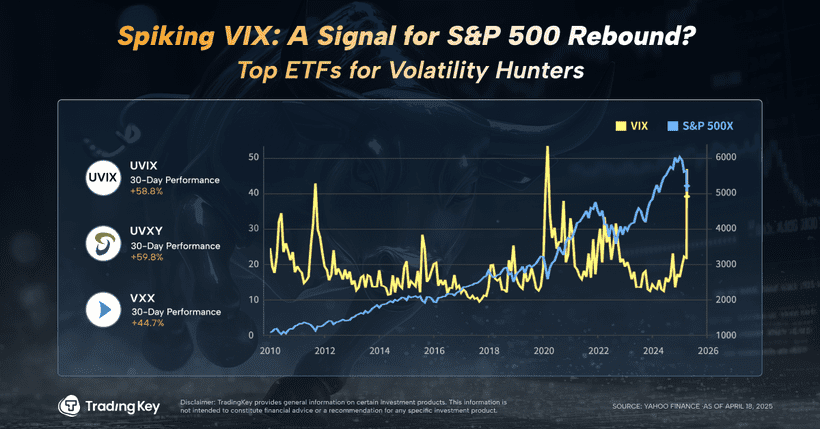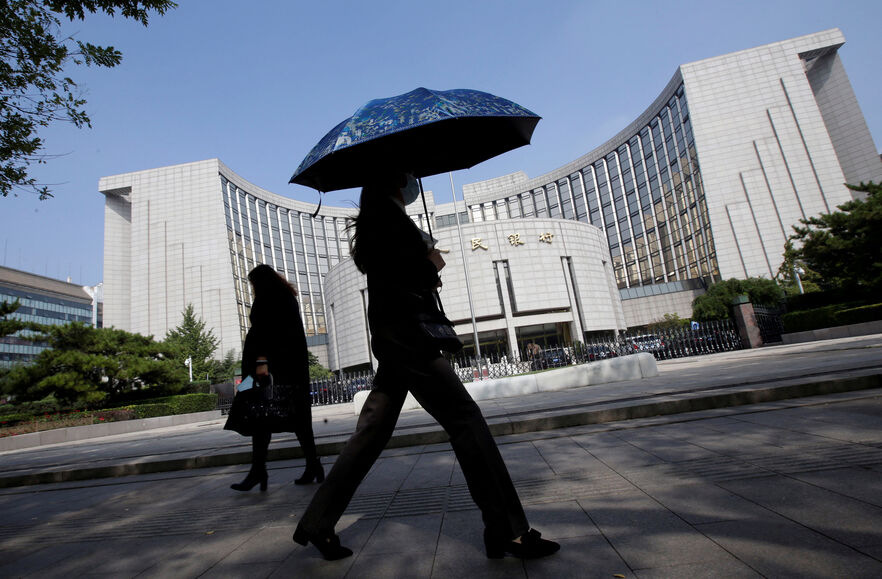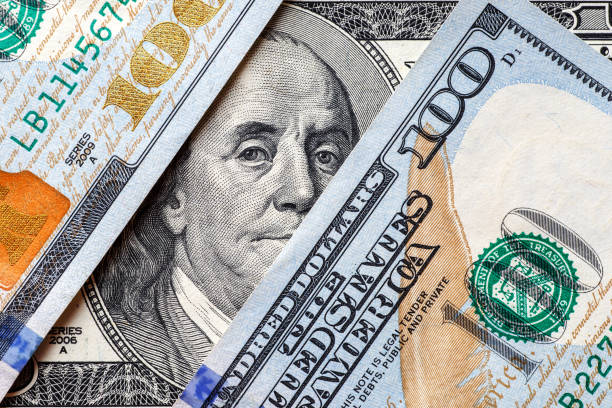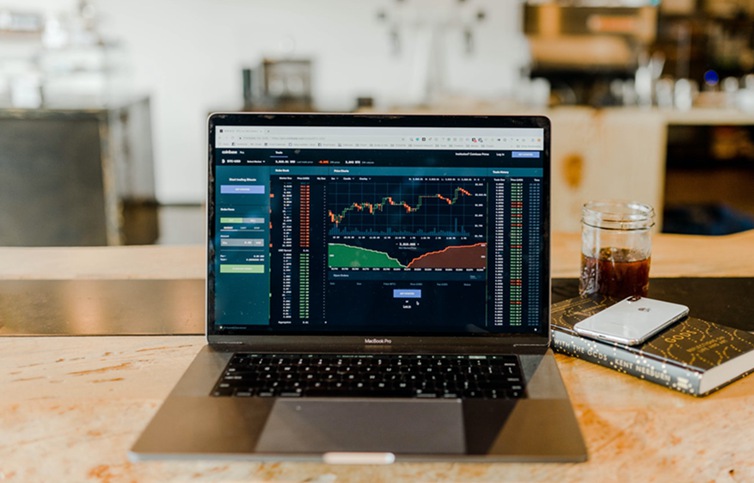Australia, New Zealand dollars slip ahead of US inflation test
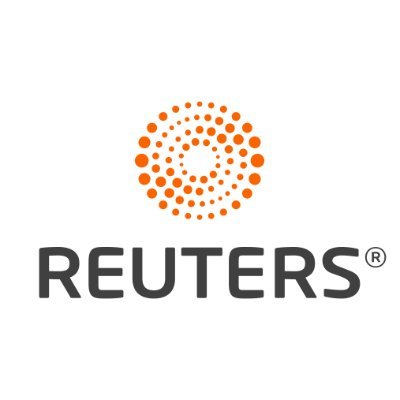
SYDNEY, March 28 (Reuters) - The Australian and New Zealand dollars slipped on Friday, with their near-term fortunes depending on a U.S. inflation reading that could show price pressures there remain elevated amid a global trade war.
There was little reaction to the announcement from Australia's Prime Minister Anthony Albanese for a national election on May 3, launching a five-week campaign on the promises of more tax cuts and cost-of-living relief.
The Aussie AUD=D3 eased 0.2% to $0.6292, having eked out a small gain of 0.1% overnight. It was set for a weekly rise of 0.4%, having traded within some narrow ranges between $0.6260 and $0.6330.
For the first quarter, it is up 1.9%.
The kiwi dollar NZD=D3 also fell 0.2% to $0.5725, after rising 0.2% overnight. It was headed for a small dip of 0.1% for the week, with resistance at $0.5760.
For the quarter, it is up 2.6%.
The two Antipodeans - often sold as proxies for global risk - have held up surprisingly well this week when global stocks tumbled after U.S. President Donald Trump announced 25% tariffs on auto imports.
"(For AUD), a corrective recovery to the 0.6440-0.6630 area during the month ahead is possible given the market’s recent disenchantment with the U.S. dollar," said Imre Speizer, a strategist at Westpac, in a note to clients.
"In addition, sentiment regarding China’s economic outlook is stabilising, and officials have announced further measures to stimulate consumption."
Traders are now looking ahead to the release of the Federal Reserve's preferred gauge of inflation - Personal Consumption Expenditures Price Index - later today where forecasts are centred on a monthly rise of 0.3% in the core measure.
An upward surprise will put the Fed in a tricky spot, with Trump's tariffs threatening economic growth but stoking inflation.
Next week is shaping up to be a big one for the Aussie. The Reserve Bank of Australia is widely expected to hold rates steady at 4.1% on Tuesday, although some analysts had expected it to soften its hawkish guidance, paving way for a move in May.
Swaps imply a 64% probability that the RBA will cut in May. Rates are seen falling to 3.4% by the end of the year, equivalent to fewer than three rate cuts.


